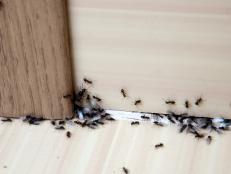5 Foods That May Help You Get Clear Skin and Rid Acne
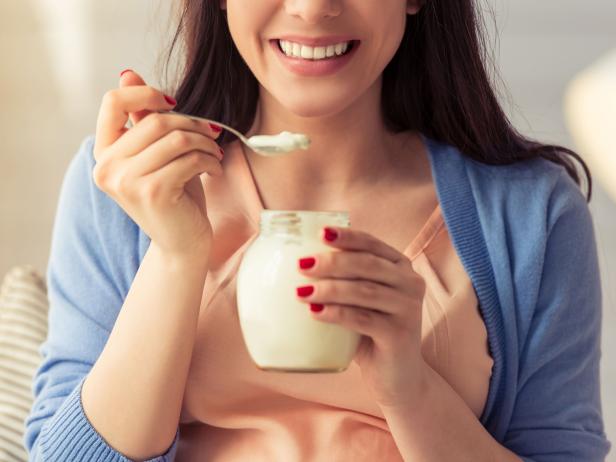
GeorgeRudy
While the relationship between diet and acne has long been regarded as a myth, emerging scientific evidence is now alluding to how certain foods may help reduce acne. Even the American Academy of Dermatology is taking notice. If you’re fed up with acne despite your efforts, examining your diet for shortfalls is worth considering.
Low-glycemic load foods
Perhaps one of the best-studied areas of acne as it pertains to diet is the glycemic index. According to the “Guidelines of Care for the Management of Acne Vulgaris” published in the Journal of American Academy of Dermatology, high glycemic index diets may be associated with acne. The glycemic load takes into account how quantities of foods each impact blood sugar. In a number of clinical studies with control groups, low-glycemic load and high-protein diets affected the hormone markers that influence inflammation and acne, resulting in significantly fewer acne lesions within 10 weeks.
One of the best things you can do to manage the glycemic load from your diet, is by eating protein, fat, and unrefined carbs with fiber at every meal and snack. That’s because carbs like white rice, fluffy white bread, boxed cereals made with refined grains, instant oats, pastries, and candy exert the biggest impact on your blood sugars if eaten alone or with little other protein and fat.
Whole-food carbs are beneficial and good for you, including legumes, sweet potatoes, whole grains, non-starchy vegetables, and whole fruit. These foods also contribute antioxidants, which can help fight inflammation.

Armando Rafael
Fermented foods
The microbiome has been a huge topic in the nutrition and microbiology world for the past few years, with the theory that probiotics (the “good” bacteria) benefit digestion and immunity. Now researchers are looking at how these healthy bugs may help your skin. In one notable clinical study, women who took probiotic supplements for 12 weeks while on oral acne antibiotics ended up with significantly fewer acne lesions compared to the groups who only took antibiotics or probiotics.
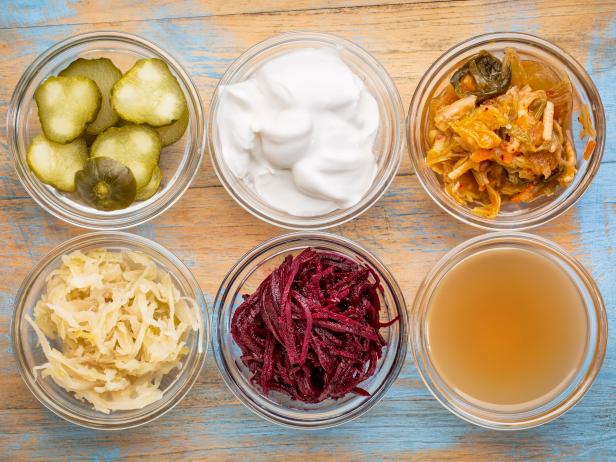
marekuliasz
In most recent news, a study comparing the types of skin bacteria on people with clear skin versus those with acne suggested that rather than wiping out all skin bacteria with antibiotics, a better approach may be balancing the bacteria. The P. acnes bacteria on people with clear skin were higher in number compared to those with acne. Clear skin contained compounds that supported healthy conditions, while people with acne had skin bacteria that promoted inflammation. The researcher hypothesized that one way to balance the bacteria may be through probiotics.
Foods that contain probiotics include those with live, active strains of good bacteria, like yogurt, kimchi (fermented cabbage), sauerkraut, kombucha (fermented tea), and kefir. These days, manufacturers add probiotics to a variety of health foods. But don’t cook the final product, since high heat can kill the beneficial bacteria.

Oily fish
While omega-3s fatty acids are essential for good overall health, there is preliminary evidence suggesting it may help rid acne. EPA, a certain type of omega-3, has been found in some studies to have an anti-inflammatory effect on acne. AAD points to one promising study where acne improved in 8 of the 13 individuals who supplemented with 930 milligrams of EPA daily for 12 weeks. While the results were not considered statistically significant, researchers did deem the fish oil theory as worthy of more studies.

Plush Studios, (c) Plush Studios
The Academy of Nutrition and Dietetics recommends 500 milligrams EPA and DHA (an omega-3) per day, while the USDA recommends two servings of seafood per week as part of a balanced diet. Eating two to three 3-ounce servings of oily fish per week can bring you to that amount. Some of the richest sources of EPA include salmon, rainbow trout, halibut, anchovies, and sardines. Typically the oilier fish, the better.
If you don’t eat seafood, 10 percent of plant-based ALA (another omega-3) converts to DHA and EPA in the body.
Oysters, beef, and crab
According to the National Institutes of Health, research suggests that people with acne have lower levels of zinc in the blood and skin and that taking zinc orally appears to help treat acne.
In one study, 48 patients with mild to moderate acne who took a zinc-complex with antioxidants three times a day for three months experienced a significant improvement in acne count at eight weeks.
While a zinc deficiency is uncommon in the United States, healthy populations can still fall prey to falling short in zinc, like pregnant and lactating women entering gestation with marginal zinc status. Vegetarians may require as much as 50 percent more of the Recommended Dietary Allowance for zinc, since vegetarians’ higher legume and whole grain intake contains phytates that bind zinc and block absorption. Oysters contain a crazy amount of zinc—493% of the Daily Value! Other excellent sources of zinc include beef, crab, lobster, pork, baked beans, dark meat chicken, yogurt, and cashews.
Green tea
Studies suggest that green tea may improve acne due to its EGCG content, a polyphenol antioxidant known as having anti-inflammatory and anti-microbial effects.
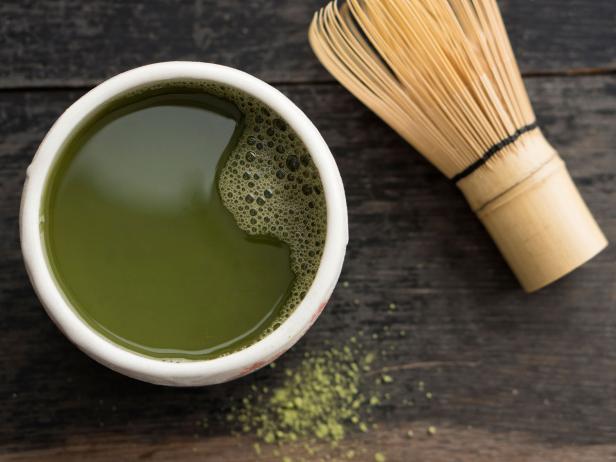
Westend61/Getty Images
In one study, randomly assigned women with moderate to severe acne who were supplemented with decaffeinated green tea extract (containing 856 milligrams EGCG) for 4 weeks experienced significantly fewer acne lesions on the nose, chin, and around the mouth compared to the placebo group.
Getting a large amount of EGCG isn’t as easy as cracking open a bottle of iced tea. Freshly brewed tea is the way to go, since the bottled stuff only contains a fraction of the amount of beneficial compounds.
One cup of green tea provides 25 to 106 milligrams of EGCG, by comparison, making decaffeinated tea a more suitable go-to for someone drinking larger quantities of green tea to minimize caffeine’s side effects.
If you’re looking for more bang for your sipping pleasure, try matcha green tea, comprised of high-quality green tea leaves that are gently steamed and ground into a powder that is consumed in the tea. One study found that matcha contains 137 times more EGCG than China Green Tips green tea, and is at least three times higher than the largest amount of EGCG found in studies for other green teas. Another study found that matcha green tea extracted three times more EGCG from the tea compared to leaf tea.
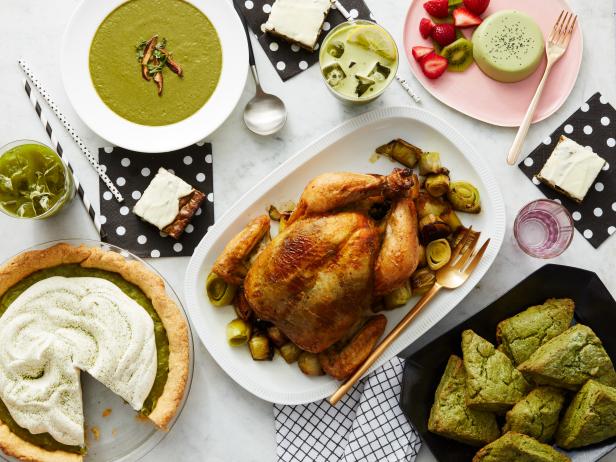
Kate Mathis, 2016, Television Food Network, G.P. All Rights Reserved
Michelle Dudash is a registered dietitian nutritionist, Cordon Bleu-certified chef consultant and the author of Clean Eating for Busy Families: Get Meals on the Table in Minutes with Simple and Satisfying Whole-Foods Recipes You and Your Kids Will Love.
*This article was written and/or reviewed by an independent registered dietitian nutritionist.
























